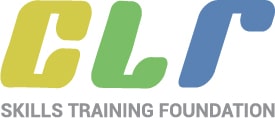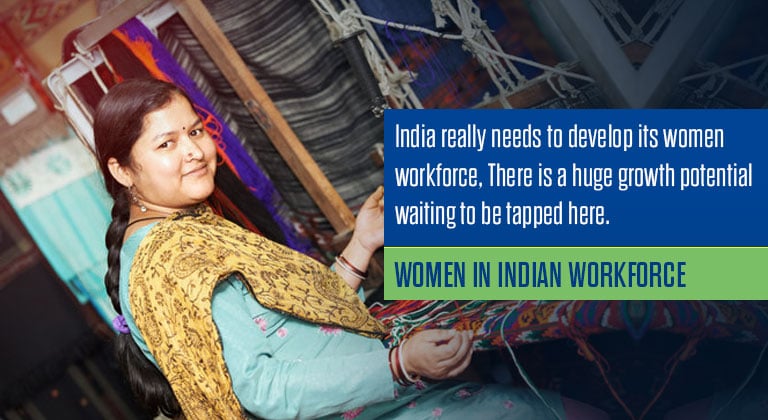If female workforce participation (FWP) were to increase by 10 per cent, it would add $700 billion to India’s GDP by 2025. Further, as per a 2015 McKinsey Report, if participation of females in the workforce were the same as males, India’s economy would see a 27 per cent increase in GDP, a bigger impact than in any other region in the world
Read the above lines carefully, you would get a fair idea what we as a nation are missing collectively. Women in our country especially have been seen time immemorial are suppressed in terms of equal opportunities and education. Let’s be very clear here Indian women are groomed to be more disciplined and they are hard working, the best part things are changing for them. In fact in the urban settings, women are already shouldering the corporate responsibilities with men folks and we have many Indian women who are really shaking the earth with their good work. The problem lies in rural India where women are still not getting equal opportunities. Mind you 700 Billion USD is a big amount which should not be ignored. We really need to develop skills of women folks in India.
The labour force participation rate for women has been decreasing, going from 36 per cent in 2005 to 27 per cent in 2017 (compared to 82 per cent for men). Currently, women in India contribute one-sixth of economic output, among the lowest shares in the world and half the global average. While there are several interventions by the government, civil society, and the private sector, to make the labour market gender inclusive, there is a need to ensure that such interventions are successful. For this, it is important to look at the factors that prevent women from participating meaningfully in the workforce.
Today, there is heavy investment in programmes that support the education of the girl child. Intuitively, it is assumed that the low female workforce participation is caused by poor education levels, with not enough girls finishing school and hence not having the requisite skills to participate in the labour market. However, when examining the trajectory of female literacy, educational attainment and workforce participation, the need for focusing on other social factors such as not being allowed to work by their families, restrictions in timings, safety, problems in mobility and in moving out of their homes to take trainings on developing skills which would make them market ready is crucial.
One major obstacle for young girls is an information gap, as they are often unaware of their abilities, interests or opportunities. Several young women, especially from underprivileged backgrounds, are first-generation workers and are often limited by social norms and family networks when looking for work. Most government school curriculums do not include modules on aptitude, soft skills or career-counselling. In the absence of such support, girls are often encouraged to get degrees for the sole purpose of improving their marriage prospects, without being given an opportunity to enter the workforce.
Today, employment marketplaces exist primarily for the formal sector, which makes up only 15 per cent of the total Indian workforce. This lack of a common platform for the informal and MSME sector is a key factor contributing to the low female workforce participation. There is a large demand for skilled workers from smaller, hyperlocal industries, which have the capacity to employ many women but are completely cut-off from the skilling ecosystem.
Source: Public Domain News Forum, Team CLR Research Wing






